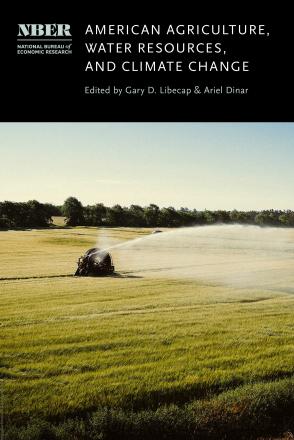Estimating the Effect of Easements on Agricultural Production

US crops face higher losses as destructive disasters such as droughts and floods become commonplace. The Natural Resources Conservation Service (NRCS) easement programs offer a voluntary adaptation strategy to improving agricultural resilience. Easements impact agricultural production directly by reducing planting on marginal land and indirectly by improving yields on surrounding cropland. I use national USDA data from the past three decades to build a county-level panel. I employ a regression model with two-way fixed effects to quantify how easement land share impacts yields, risk, as well as acres planted, failed, and prevented planted. A 100 percent increase in land share of wetland easements increases yields by 0.34 percent, 0.77 percent, and 0.46 percent for corn, soybeans, and wheat. Easements improve yields by mitigating the effect of excess precipitation and extreme degree days. Wetland easements reduce soybean losses from excess moisture, heat, and disease by $3.59, $6.07, and $11.23 for each dollar of liability. I also find evidence of a slippage effect in which producers reduce soybean and wheat acreage but increase corn production. This work quantifies some of the ecosystem benefits of easement habitats, uncovers program externalities, and has policy implications for future NRCS funding and targeting decisions.
-
-
Copy CitationNicole Karwowski, American Agriculture, Water Resources, and Climate Change (University of Chicago Press, 2022), chap. 2, https://www.nber.org/books-and-chapters/american-agriculture-water-resources-and-climate-change/estimating-effect-easements-agricultural-production.Download Citation


